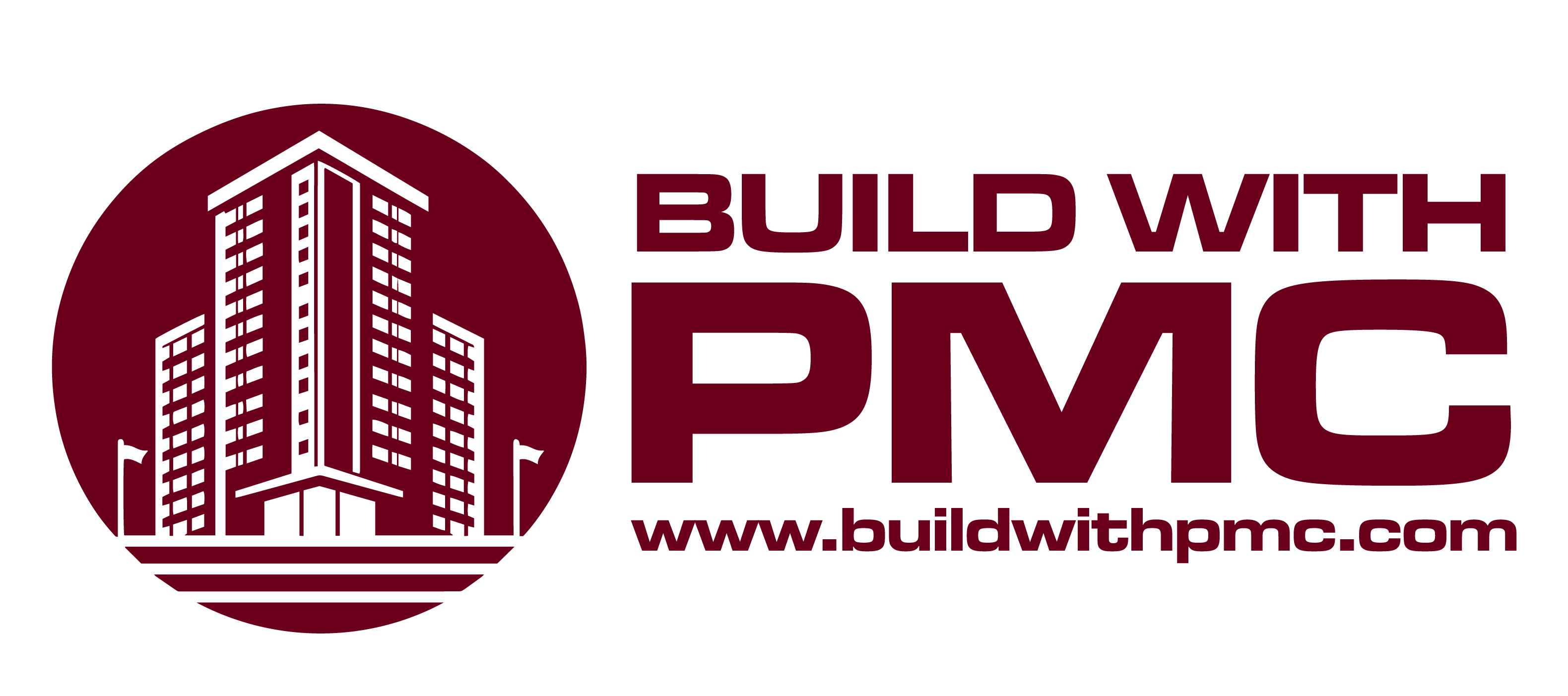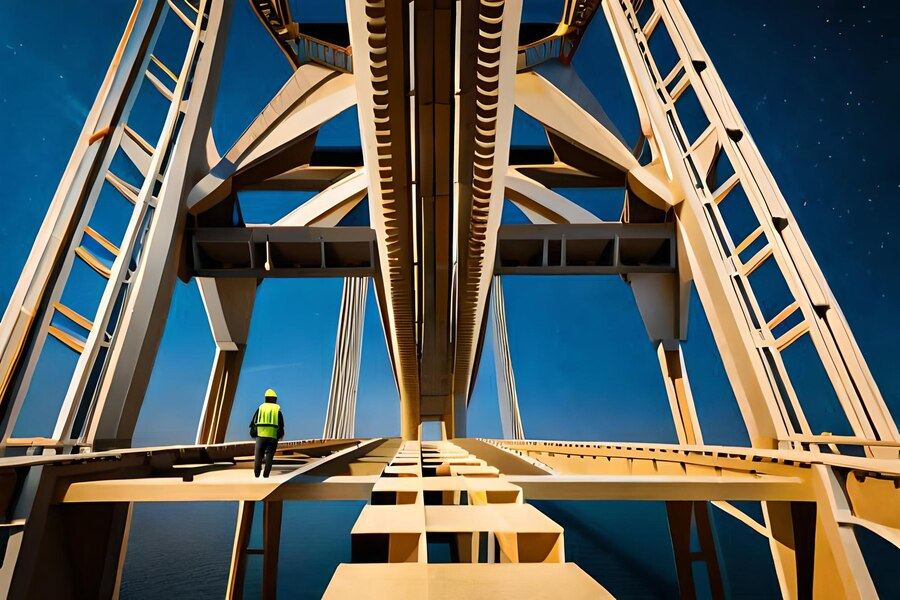In the realm of structural engineering, steel has long been hailed as a cornerstone material for its exceptional strength, flexibility, and durability. From towering skyscrapers to intricate bridges, steel’s versatility allows architects and engineers to push the boundaries of what’s possible in modern construction. This article delves into the innovations and enduring qualities that make steel a preferred choice in structural design.
Evolution of Steel in Structural Engineering
The use of steel in construction dates back to the 19th century, revolutionizing architecture with its ability to support immense loads over long spans. As industrialization advanced, so did steel production techniques, leading to the development of high-strength alloys and advanced fabrication methods. This evolution enabled engineers to design structures that were previously unimaginable, setting the stage for iconic landmarks worldwide.
Looking ahead, the future of steel in structural engineering promises continued innovation. Research into advanced materials, such as ultra-high-strength steels and composite materials, holds potential for further enhancing structural performance and resilience. Additionally, emerging technologies like robotic fabrication and additive manufacturing are poised to transform how steel components are fabricated and assembled, paving the way for more efficient and sustainable construction practices.
Strength and Flexibility
One of steel’s primary advantages lies in its unmatched strength-to-weight ratio. This property allows for the creation of slender, yet resilient structures that can withstand dynamic loads such as wind and earthquakes. The flexibility of steel also facilitates creative architectural expressions, enabling designers to craft elaborate shapes and forms that enhance both functionality and aesthetic appeal.
The combination of strength and flexibility makes steel an indispensable material in modern structural engineering. Its ability to support large loads, withstand dynamic forces, and facilitate innovative design solutions underscores its role in shaping the built environment. As technology and materials science continue to evolve, steel remains at the forefront of sustainable, resilient, and visionary construction practices worldwide.
Durability and Sustainability
Beyond its strength, steel boasts exceptional durability and longevity. When properly protected against corrosion, steel structures can endure for decades with minimal maintenance, making them a cost-effective choice over the long term. Additionally, steel is highly recyclable, with a significant portion of the world’s steel supply being derived from recycled materials. This sustainability aspect aligns with modern construction practices focused on reducing environmental impact.
The combination of durability and sustainability makes steel a preferred choice in structural engineering, supporting resilient and environmentally responsible construction practices. As the construction industry continues to evolve, steel’s versatility, recyclability, and performance characteristics ensure its continued prominence in shaping sustainable and resilient built environments around the world.

Innovative Applications
Innovations in steel design continue to push boundaries in structural engineering. Advanced computer modeling and simulation techniques allow engineers to optimize designs for maximum efficiency and safety. Prefabrication and modular construction techniques further streamline the building process, reducing onsite labor and minimizing construction timeframes.
Innovative applications of steel in structural engineering showcase the material’s versatility, enabling engineers and architects to push the boundaries of design and construction. From pioneering techniques to cutting-edge technologies, these applications highlight steel’s adaptability and transformative impact on modern architecture and infrastructure.
Case Studies: Iconic Structures
From the Eiffel Tower in Paris to the Burj Khalifa in Dubai, steel has been instrumental in shaping some of the world’s most recognizable landmarks. These structures stand as testaments to the ingenuity and enduring qualities of steel in architectural and engineering achievements.
Future Prospects
Looking ahead, steel’s role in structural engineering remains pivotal. Ongoing research aims to further enhance its performance through innovations in material science and construction techniques. Advancements in digital technology, including Building Information Modeling (BIM) and robotic fabrication, promise to revolutionize how steel structures are designed, fabricated, and maintained.
Conclusion
In conclusion, steel design epitomizes innovation and durability in structural engineering. Its strength, flexibility, and sustainability make it an indispensable material for creating safe, efficient, and visually striking buildings and infrastructure around the globe. As technology continues to evolve, so too will the possibilities for steel in shaping the future of construction and architecture.
Whether contemplating the next skyscraper or envisioning a new bridge, the enduring appeal of steel lies in its ability to merge engineering excellence with architectural beauty, ensuring that it will remain at the forefront of structural design for years to come. Contact us today at PMC Inc, located at 14563 Manzanita Dr, Fontana, CA 92335, Southern California, to explore how steel can elevate your next project.




